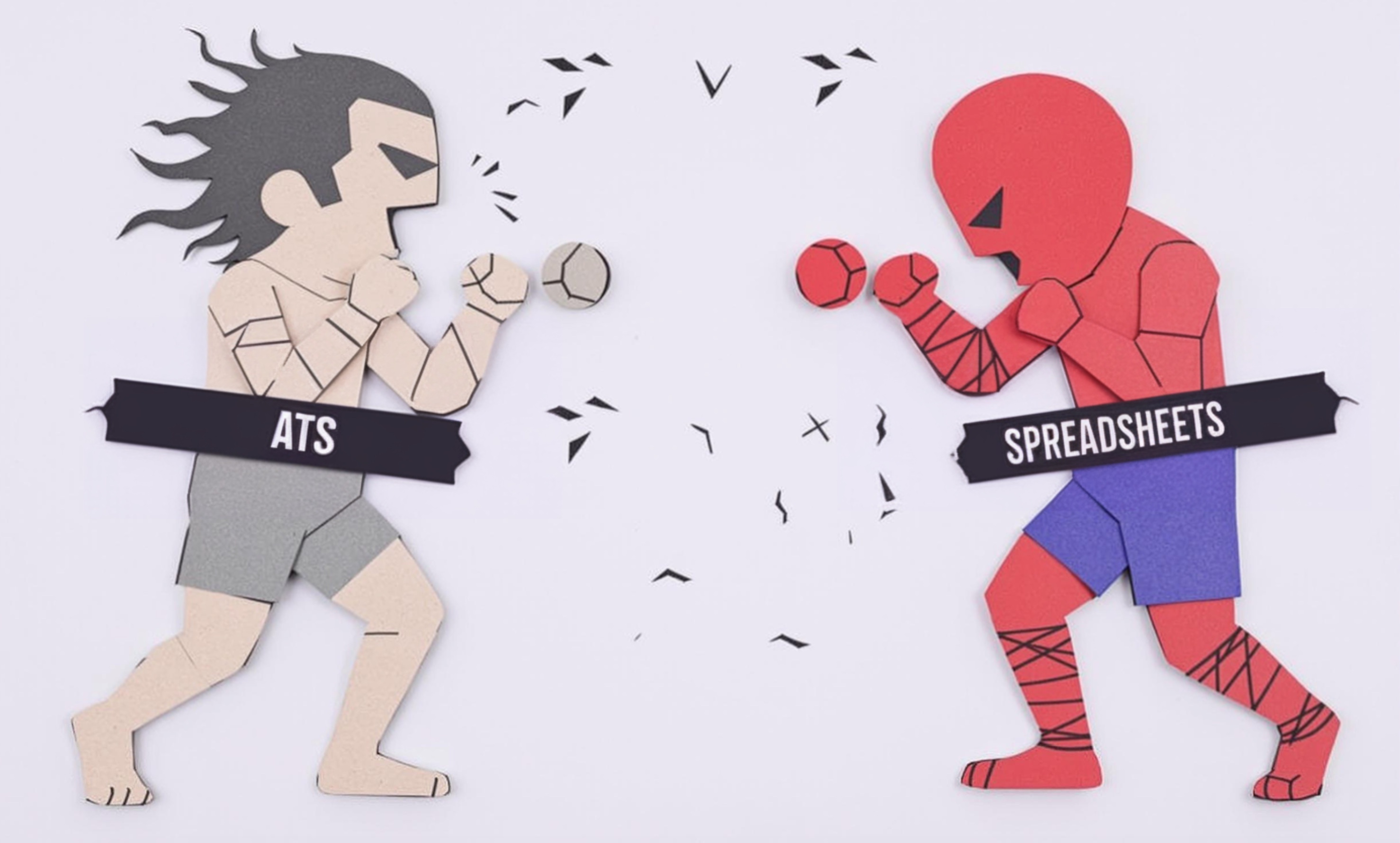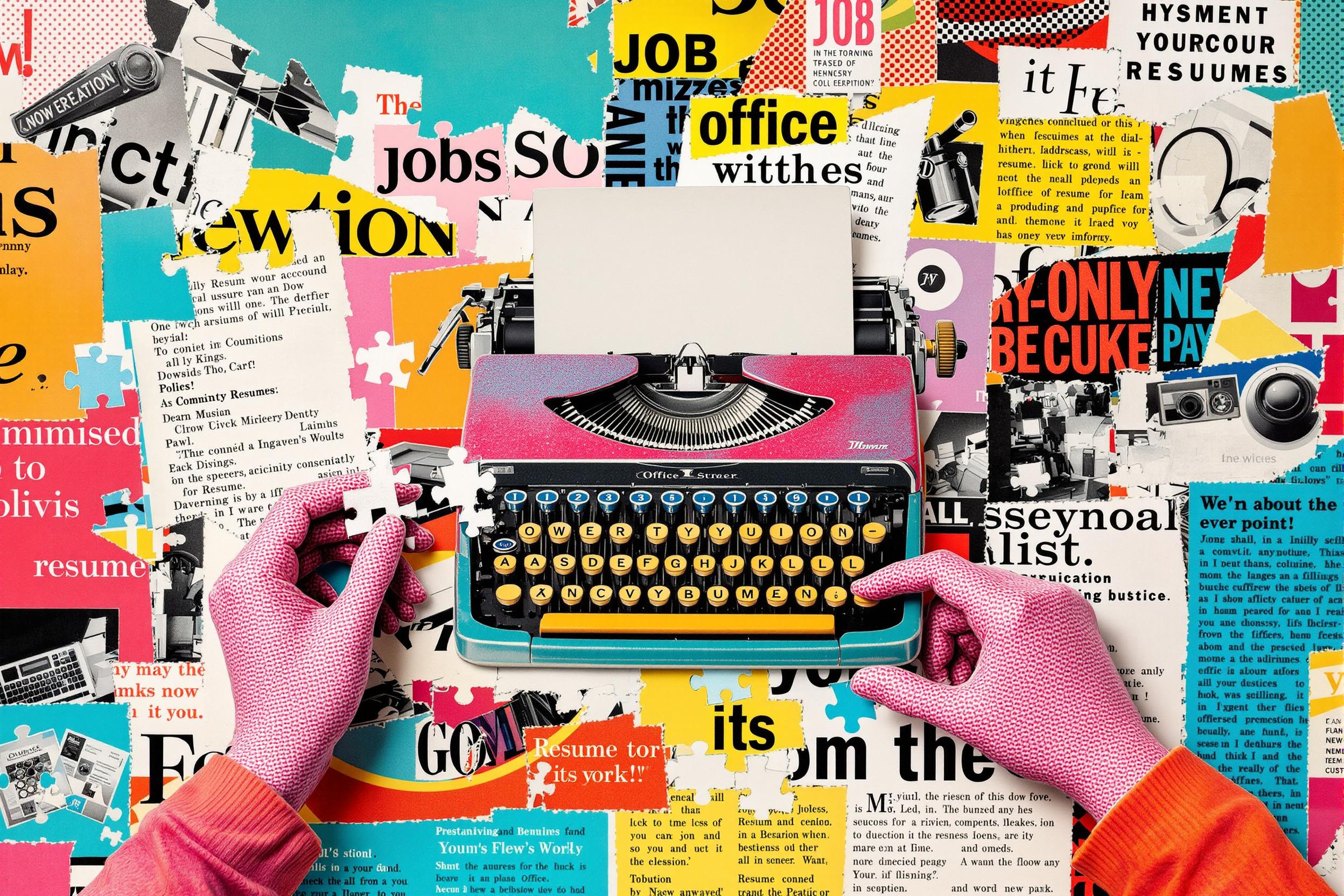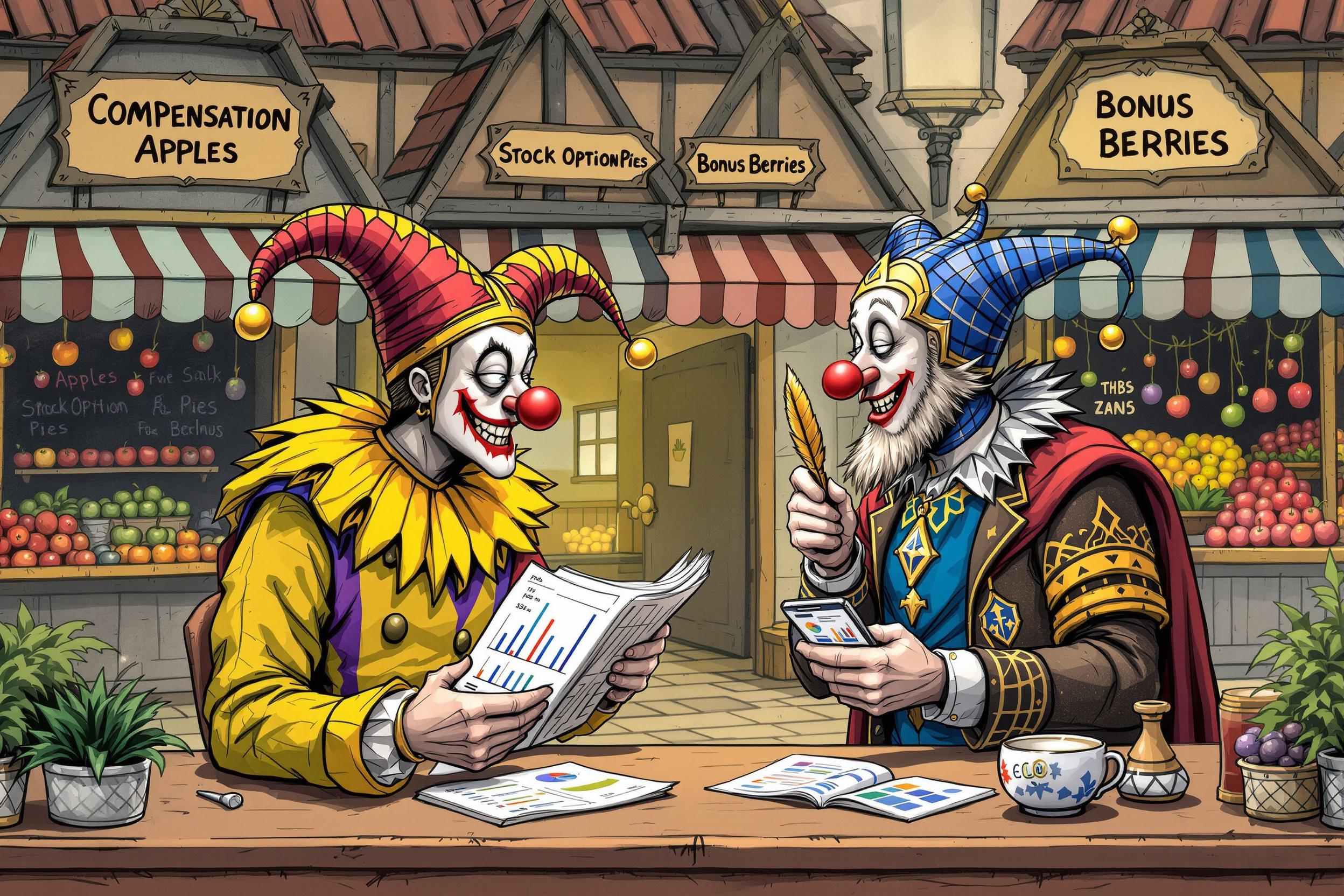
Manuscript Paper
Manuscript Paper is a specialized type of paper used by manga artists and illustrators to create their initial drawings and storyboards. It features pre-printed guidelines and boxes (similar to a comic book layout) that help artists maintain consistent panel sizes and proper spacing. Think of it like a professional template that helps manga creators organize their work efficiently. This paper is different from regular drawing paper because it includes specific markings for dialogue placement, panel borders, and printing specifications that are standard in the manga industry. When you see this term in a resume, it usually indicates that the candidate has formal manga creation experience and understands professional manga production standards.
Examples in Resumes
Created 20+ manga chapters using Manuscript Paper and professional inking techniques
Trained junior artists in proper Manuscript Paper layout and panel composition
Developed storyboards for weekly series using Manga Paper and Manuscript Paper
Typical job title: "Manga Artists"
Also try searching for:
Where to Find Manga Artists
Online Communities
Professional Networks
Industry Events
Example Interview Questions
Senior Level Questions
Q: How would you manage a team of artists working on manuscript paper layouts?
Expected Answer: A senior artist should discuss establishing consistent panel guidelines, quality checking processes, and methods for maintaining style consistency across multiple artists while meeting publication deadlines.
Q: What innovations have you introduced to improve manuscript paper workflow?
Expected Answer: Look for answers about streamlining the drawing process, implementing digital tools alongside traditional manuscript paper, and developing efficient systems for revision and approval processes.
Mid Level Questions
Q: How do you plan panel layouts on manuscript paper for maximum storytelling impact?
Expected Answer: Should explain how they consider pacing, dramatic moments, and reader flow when designing panel arrangements, showing understanding of both technical and creative aspects.
Q: What's your process for making corrections on manuscript paper?
Expected Answer: Should describe professional correction techniques, when to use white-out versus redrawing, and how to maintain paper quality through multiple revisions.
Junior Level Questions
Q: Can you explain the basic elements of manuscript paper?
Expected Answer: Should identify the basic components like panel borders, margins, bleed areas, and dialogue placement guides, showing familiarity with industry-standard paper.
Q: What tools do you use with manuscript paper?
Expected Answer: Should list basic tools like drawing pencils, inking pens, rulers, and erasers, demonstrating knowledge of fundamental manga creation materials.
Experience Level Indicators
Junior (0-2 years)
- Basic panel layout understanding
- Simple character drawings
- Understanding of page composition
- Basic inking techniques
Mid (2-5 years)
- Complex panel arrangements
- Dynamic character poses
- Efficient workflow management
- Advanced inking methods
Senior (5+ years)
- Team leadership and training
- Advanced storytelling techniques
- Quality control expertise
- Publication standard mastery
Red Flags to Watch For
- No knowledge of standard manga paper sizes and formats
- Inability to explain basic panel layout principles
- No experience with professional inking tools
- Lack of understanding about publication requirements and deadlines
Related Terms
Need more hiring wisdom? Check these out...

Unlocking Team Potential: Personality Mapping for Dynamic Management

Why Your Hiring Spreadsheets Are Secretly Sabotaging Your Recruitment

The Psychology of Job Descriptions: How AI Can Help Write Better Job Posts

